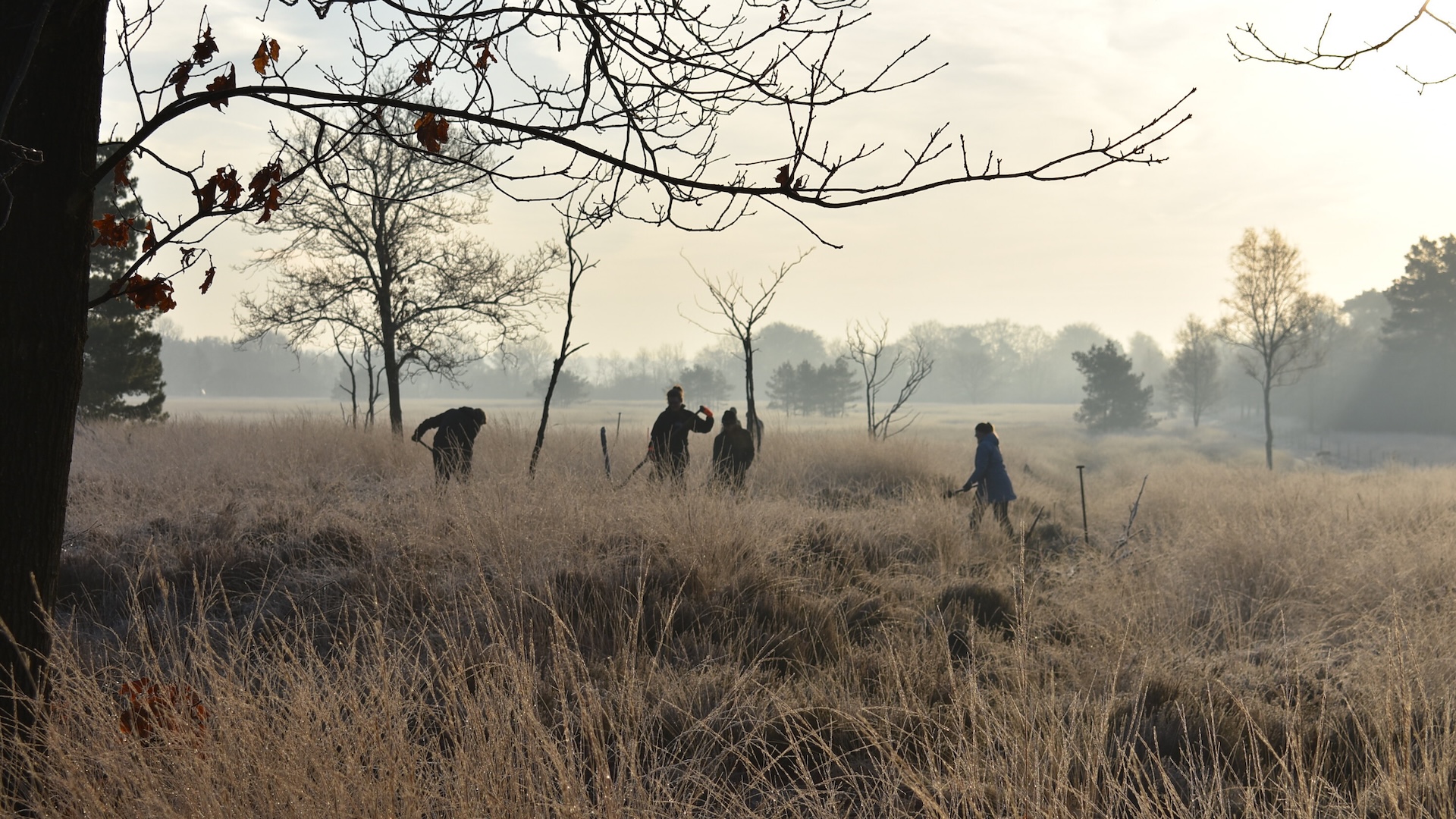Basilisk review: This daringly experimental thriller is a puzzle-lover’s delight


Could an idea cause physical harm through exposure, asks this novel
Sumaid Pal Singh Bakshi/Unsplash
Basilisk
Matt Wixey (Titan Books (out 1 July))
I AM hacking your brain. Simply by reading this, you have allowed me to hijack your thoughts, each word leaping from my mind to yours. I can even conjure mental images against your will – quick, don’t think about a pink elephant! Whatever you do, don’t imagine it!
Thankfully, there are limits to what I can do to you with words and ideas alone. But what if there weren’t? What if there were a phrase so powerful that I could use it to turn your own mind against you, to the point of death? That is the subject of Basilisk by Matt Wixey, an experimental thriller that feels like it was specifically designed for my brain and, I suspect, that of many New Scientist readers.
The book has a multi-layered structure similar to House of Leaves by Mark Z. Danielewski. On one level, we follow Alex Webster, an “ethical hacker” who works at a computer security company, attempting to hack clients’ networks and helping them to shore up their defences (a profession shared by first- time author Wixey).
But it isn’t that simple. Webster tells her story in two intermingled strands. In the first, we learn how she and a colleague, Jay Morton, stumbled across a puzzle that ultimately led to his death. In the second, she describes the process of coming to terms with his death, and its consequences.
But we aren’t done yet. Webster’s writing includes footnotes written by both herself and a detective investigating Morton’s death, and is further interspersed by “The Helmsman Texts” – missives released by a mysterious character called the Helmsman, as Webster and Morton solve his puzzles.
This book feels like it was specifically designed for my brain, and those of New Scientist readers
If that all sounds exhausting, Basilisk probably isn’t for you. Personally, I found it exhilarating, working to hold all these narrative threads in my head as I pieced together the actual story.
The Helmsman Texts themselves take a number of forms, from bureaucratic emails and scientific reports to Socractic dialogues. They encompass topics that are well-explored here at New Scientist, from psychology to artificial intelligence (I enjoyed noting the accurate references to scientific papers). The Helmsman describes an attempt to develop a “basilisk” – an idea capable of causing physical harm through exposure alone, named after the mythical creature that could kill you with a single glance.

Matt Wixey’s Basilisk follows “ethical hacker” Alex Webster
As far as we know, basilisks aren’t real, but the concept is an increasingly fascinating one. Science fiction author David Langford created the idea in his short story BLIT, in which basilisks take the form of images capable of “crashing” the human mind, in a way that is similar to malformed computer code.
Perhaps the most famous example is Roko’s Basilisk, a fairly stupid suggestion that a future, all-powerful AI would punish anyone in the present who failed to bring about its existence (a more detailed explanation is no more sensible, I’m afraid), which has reportedly caused people mental distress, or at least driven them to post about it online. The most recent series of the sci-fi anthology show Black Mirror also featured a basilisk, a reference to Roko’s.
Basilisks are just one form of a wider concept known as cognitohazards, ranging from the knowledge of how to build a nuclear weapon to, under some definitions, organised religion.
While reading Basilisk, often staying up late into the night with the urge to read just one more chapter, I wondered whether the book itself qualified as a cognitohazard. I certainly couldn’t stop thinking about it, long after I had actually finished it. And now that you have read this review, perhaps you are also at risk.
Go on. Start the book. Don’t you want to know what happens?
Take your science fiction writing into a new dimension during this weekend devoted to building new worlds and new works of art Topics:
The art and science of writing science fiction
Source link






